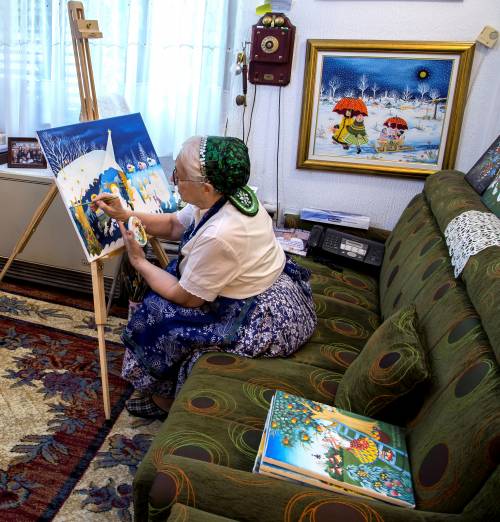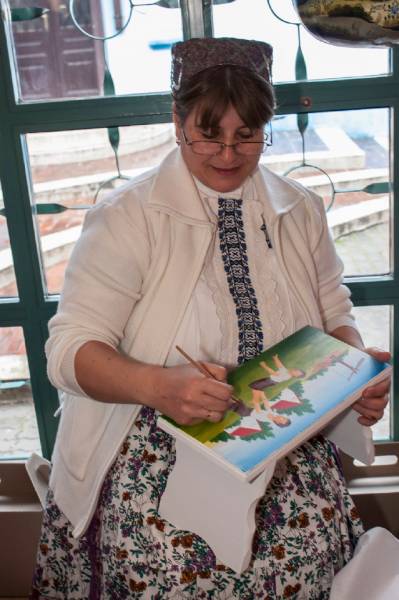Naïve painting practices of Kovačica
Inscribed in 2024 (19.COM) on the Representative List of the Intangible Cultural Heritage of Humanity

The naïve painting practices of Kovačica, Serbia refer to the tradition of painting and decorating objects with representations of the folk life, rural environment, history and everyday lives. Practitioners are self-taught. They use oil paint in bright hues to depict traditional culture, objects, history and values. Increasingly, younger painters use modern motifs while preserving the characteristic form of the practice. Originating in the town of Kovačica in the 1930s, naïve painting spread to other towns with Slovak communities in Serbia over time. The practice is a reflection of the relationship between individuals, communities and their environment. Over time, it has gained wide national and international visibility. Traditionally, women engaged in decorating furniture, dinnerware and textiles, but over time, men began practising as well. Naïve painting is transmitted informally within families and local communities, with older community members sharing painting techniques and skills with youth. It is also transmitted through cultural institutions, exhibitions and workshops. An identifying factor, the practice is a means of transmitting the cultural heritage and history of the Slovak community in Serbia. Exhibitions are also an opportunity for the community to socialize and share traditional food, costumes, customs, music and dances, among others.









